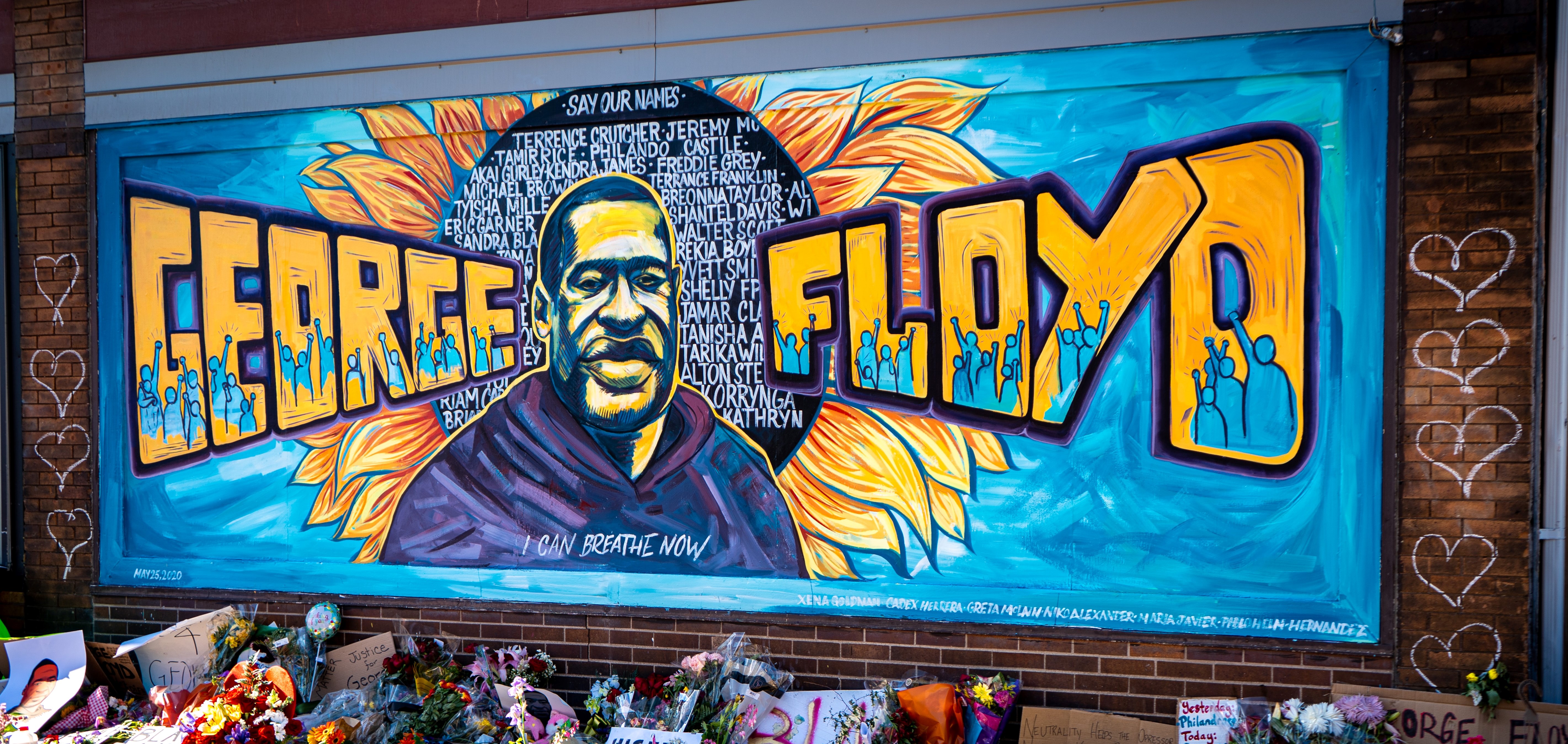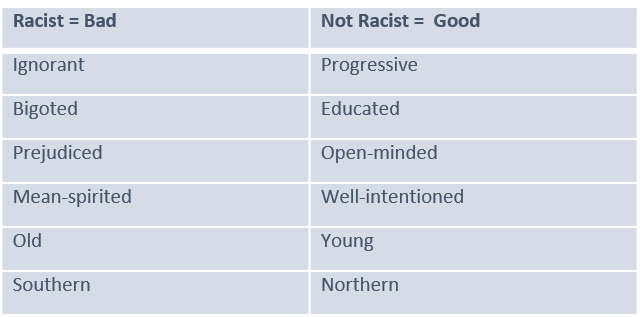
I’m a white man, and I’m angry and disgusted by the continued violence against people of color. I want to be part of the solution, and yet I am painfully aware that I am part of the problem too.
Last fall, when I started reading White Fragility, Robin DiAngelo’s compelling book on the white response to racism, I believed I was anything but a racist. After all, I’m an open-minded, educated, and progressive person, liberal in my views about religion, politics, and life in general. I meditate and believe we are all connected and, regardless of skin color, are entitled to be treated fairly and justly.
Within a few pages, I got the sense I was in for a real slap in the face. Not only did Robin do that, she shook me down, kicked me hard and held up a giant mirror where I could see the ugly truth: I may not have committed acts of violence or consciously discriminated against anyone of color, but if I grew up in lily-white middle-class America then I most certainly do have unconscious racial bias, and that means I’ve got work to do.
I did grow up in white America- Setauket, Long Island, Wellesley, Massachusetts, and Ridgewood, New Jersey, central command posts for East Coast white privilege. I had no black friends or, for that matter, any friends that weren’t white. I went to a predominantly white liberal arts college in Ohio, with only a few black students. My parents were both college-educated. My father was ex-military and a big pharma executive. My world view was all white and privileged.
There was one African-American in my sixth-grade class in Setauket. We certainly weren’t taught that slaves built the White House or James Polk, the 11th President from 1845–1849 purchased slaves while in office and separated children ages 10–17 from their families. I did learn that slavery was wrong, and it was mostly a southern construct. We beat those damn Confederates, freed the slaves, and saved America, didn’t we? Problem solved. Not quite.
We were taught the leaders of our country were good white men, protecting us from all forms of evil. The evil wasn’t here in America; it was elsewhere, mainly where there were communists. If there was any evil within America, it wasn’t discussed. That was the pattern, and it continued through high school and college and out into corporate America- Bury the real truth, keep the fake story alive.
I protested against the Vietnam war, listened to the lies coming out of the Nixon administration, and vowed to find a way to make the world a better place. I got involved in a global peace movement, run mainly by white hippies. While a noble cause that enabled me to travel the world teaching meditation techniques to white people in various cultures, it was an insular experience, the exception was living in West Africa and Kenya for three months.
That opened my eyes to the beauty of the African people. I got a glimpse into their culture and history, but I was just a guest not staying long enough to get under the surface and live in their world. What I did notice was the heavy influence of European colonialism, it seemed so out of place. In subsequent years I made several trips back to West Africa and Zimbabwe. Each time the warmth and big hearts of the African people welcomed me.
Now another black man has been murdered by a white police officer, and the whole world has seen and heard it. It appears this tragedy won’t be quickly swept aside and brushed off. It’s about time we stopped burying and conveniently forgetting the truth.
After George Floyd was killed, I was paralyzed, wondering what to do. Then I realized that I am a long-standing member of the white man’s privileged club and I can not stay silent any longer.
Hundreds of years ago, European colonialism enslaved the African people contributing significantly to the creation of white supremacy. Domination created superiority and separation, a perfect recipe for building a social structure where one race holds all the power.
Now the white elitist club controls governments, economies, school systems, police forces, and programs us through the messages created and delivered by white people to reinforce whites as the superior race. In his book The Racial Contract, Charles W. Mills describes white supremacy as “the named political system that has made the modern world what it is today.” There is no discussion about this system. It’s simply accepted and promoted by those who hold all the cards.
If you are white, you were born into this club, and up until the United States Civil Rights Act of 1964, it was more socially acceptable to admit to racial superiority. However, because there were many visible acts of violence at that time, white people built a convenient system to distance themselves from the atrocities they saw and the association with racism.
The logic was simple: Define racism as an event, not a system. If you don’t participate in the event, you aren’t racist. Absolution! Nothing to do, because you aren’t a racist. How convenient! Racism got boiled down to extreme acts of prejudice and violence, while not understanding racism is an institutional system
Robin DiAngelo says, “To be a good moral person and to be complicit with racism became mutually exclusive. You could not be a good person and participate in racism: only bad people were racist.”

She goes on to say, “If, as a white person, I conceptualize racism as binary and I place myself on the “not racist” side, what further action is required of me? No action is required because I am not a racist. Therefore, racism is not my problem; it doesn’t concern me, and there is nothing further I need to do.”
Robin talks about racial bias as a continuum of learning and behavior change. Boiling the complex issue of racism down to a binary equation only perpetuates the status quo. We can move forward on the continuum through education, self-understanding, acceptance of our own unconscious racial bias, and constructive action.
Over the past six months, I have realized I can continue to educate myself much more about racism and my unconscious biases. I can have conversations with others about racial prejudice. I can support racial justice, advocate for serious police reform, and peacefully demonstrate. I can speak my truth with the risk of possibly offending my white friends.
Doing nothing is not an option if we are to disrupt institutional racism, the false belief of white superiority, the suppression of people of color, and the perpetuation of white dominance in our government, the military, the police, our educational systems, and our corporations.
Individual action toward breaking down unconscious racial bias is something we each can do.
The time to do it is now.
Resources
Watch: I Am Not Your Negro on Amazon Prime
Watch: Just Mercy on Amazon Prime
Watch: 13th on Netflix
Watch: Short video on systemic racism: https://www.facebook.com/862730612/videos/10163612967955613/
Look at this website: https://www.joincampaignzero.org/problem
And this one: https://8cantwait.org
Listen to this podcast that asks, “What Does Seeing Black Men Die Do For You?” https://www.npr.org/2020/05/29/865261916/a-decade-of-watching-black-people-die
First published in Medium June 13, 2020

